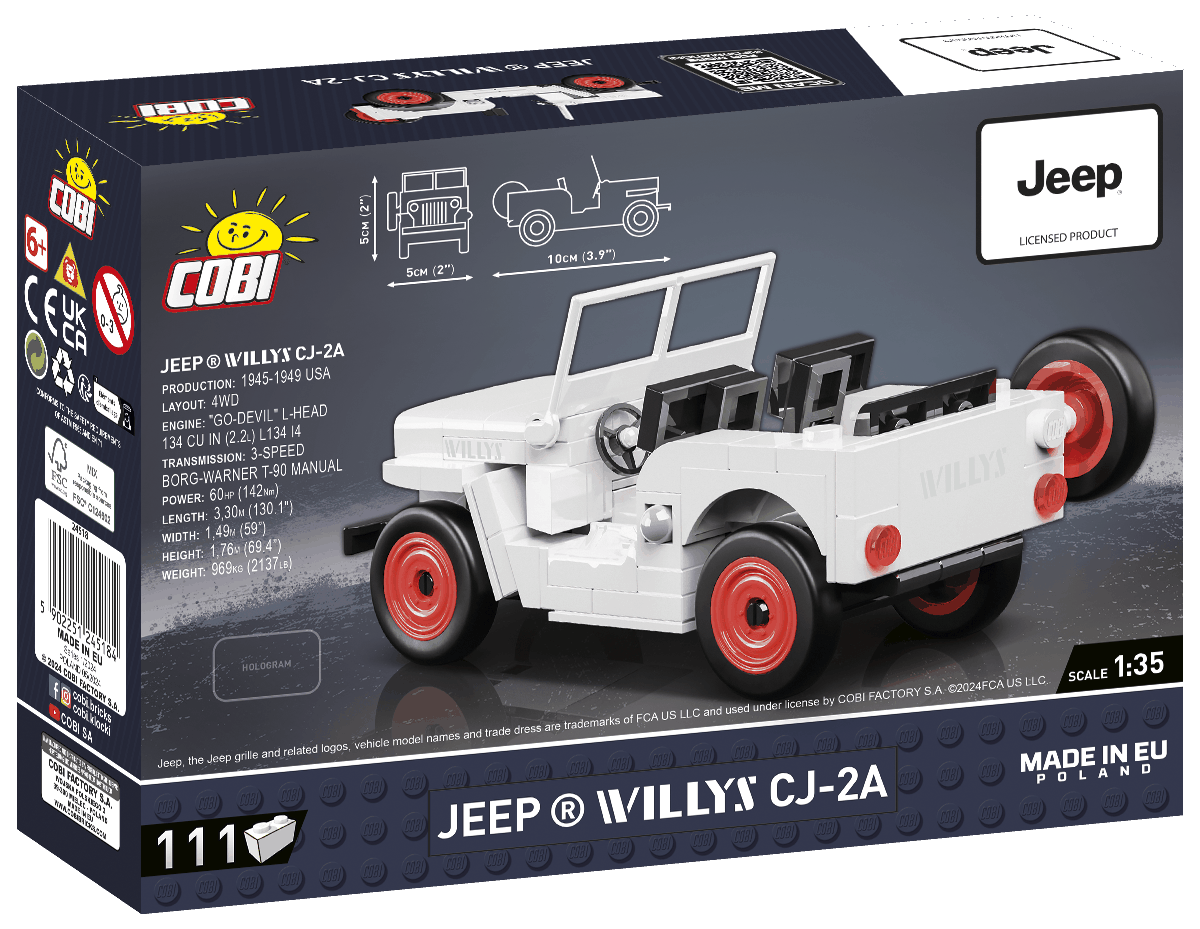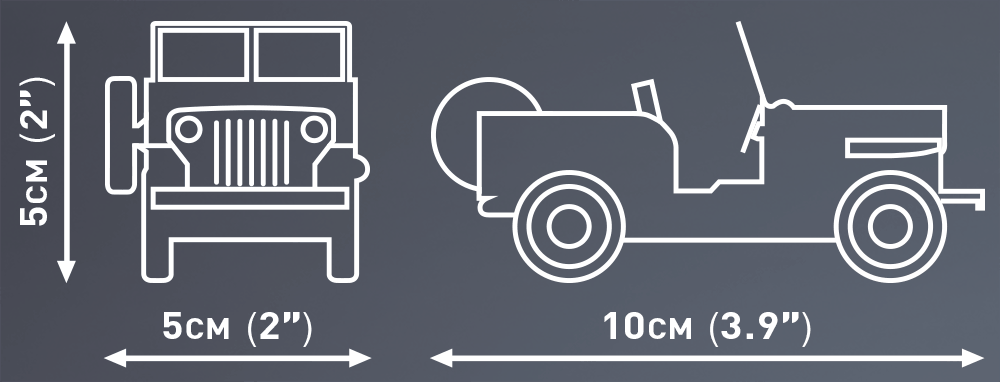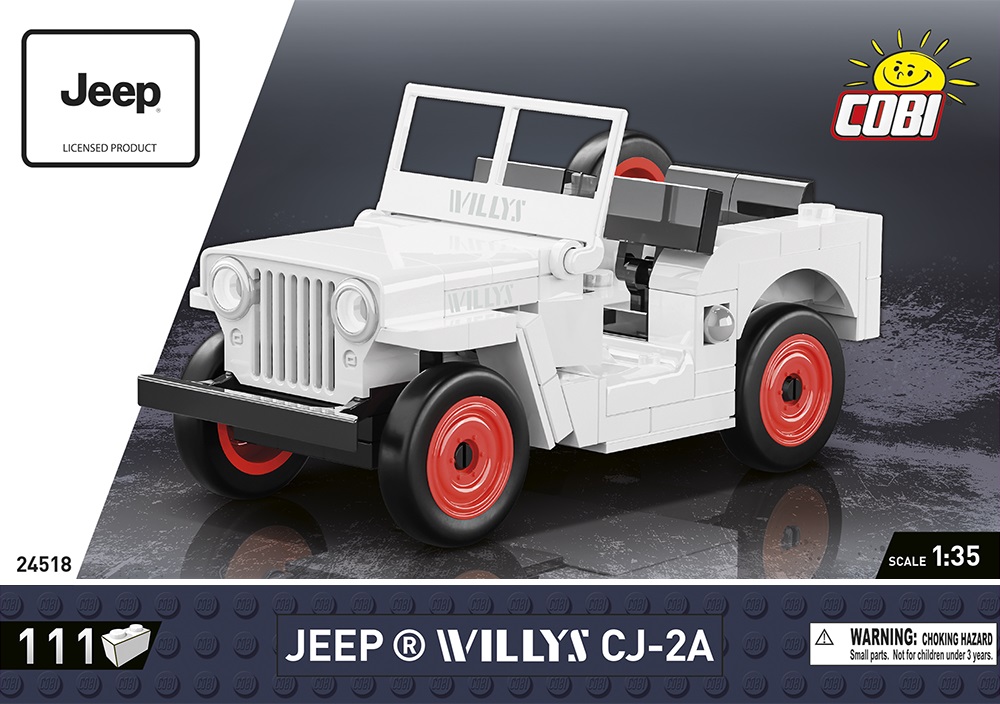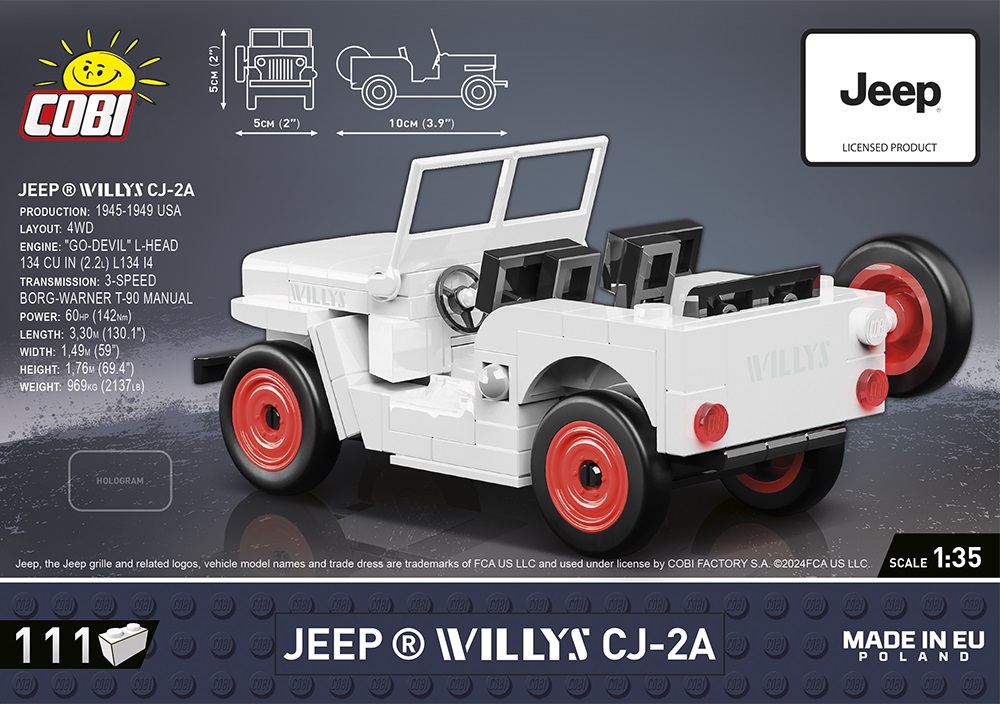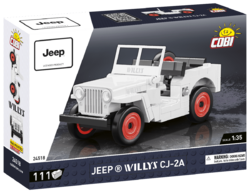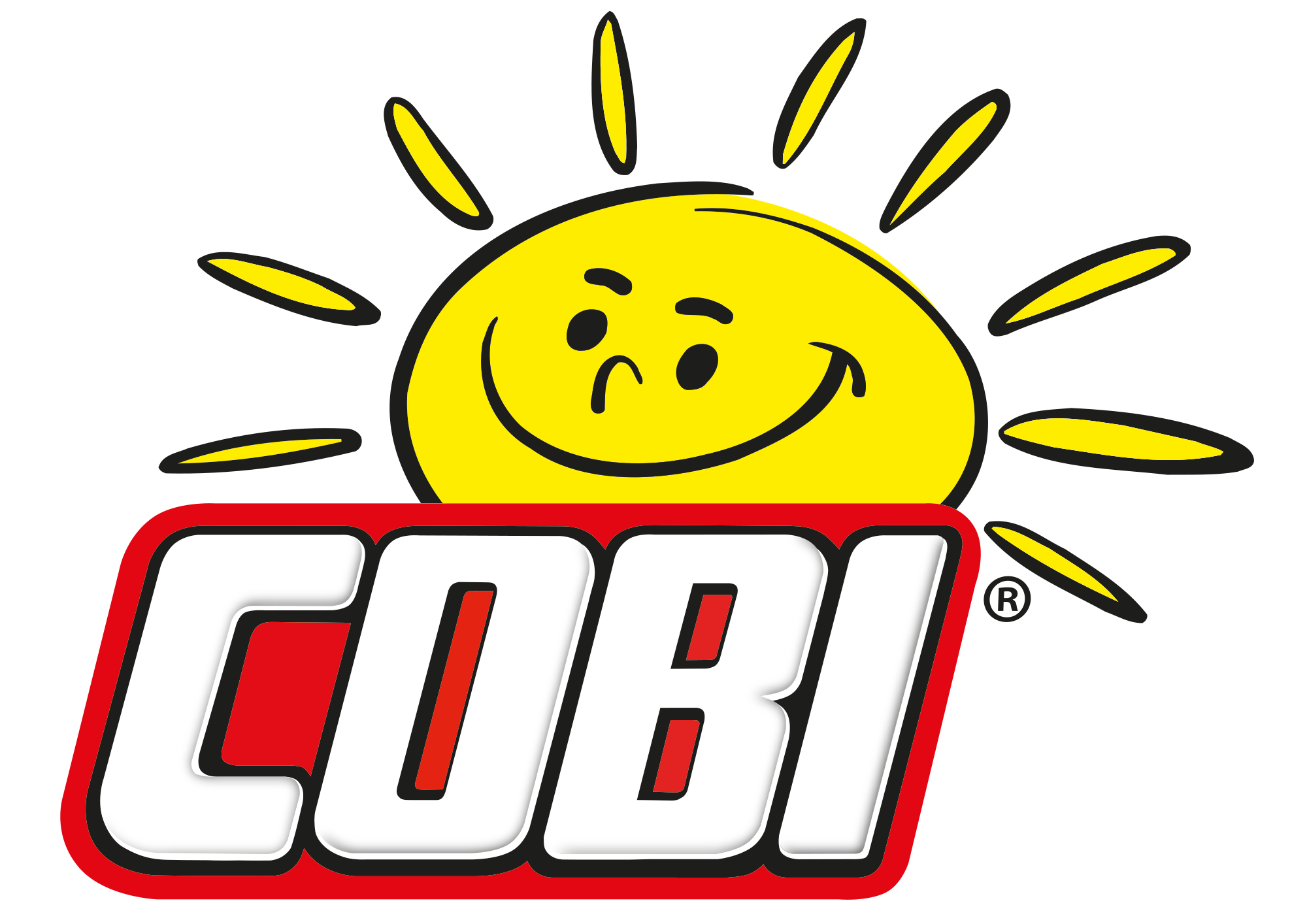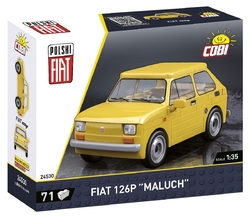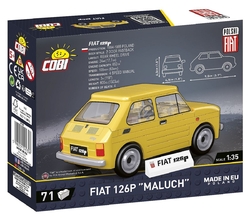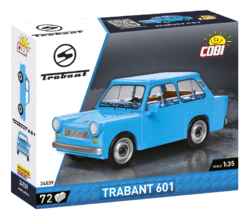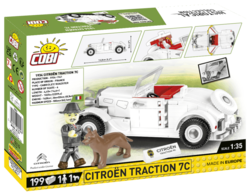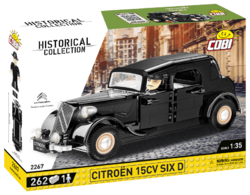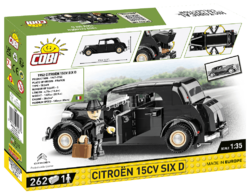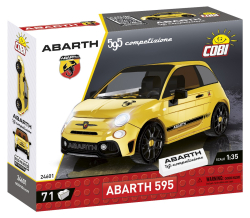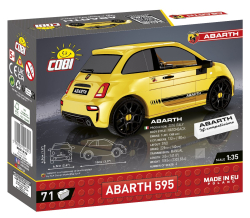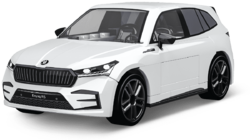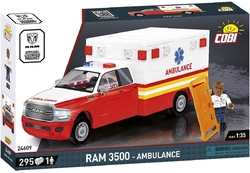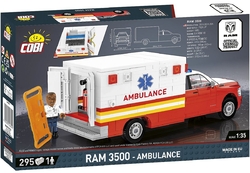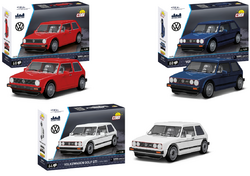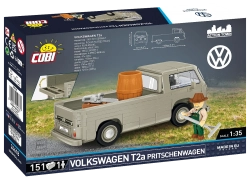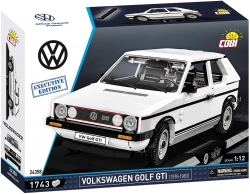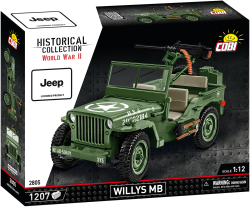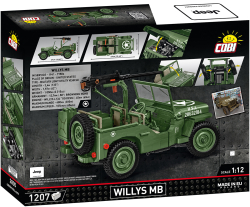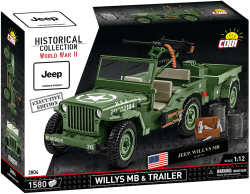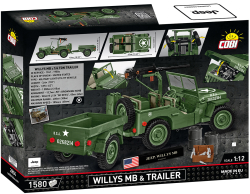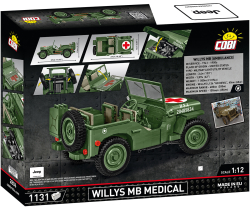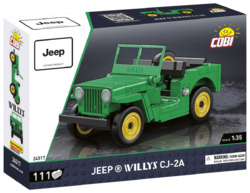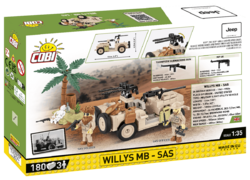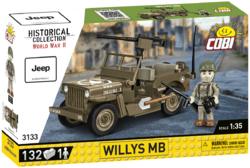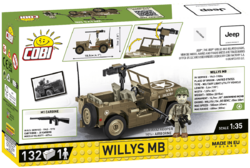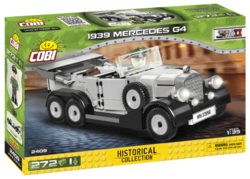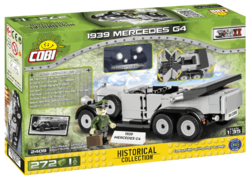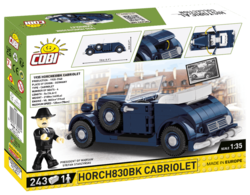Kit of the model of the famous American Jeep Willys in the civilian version of the CJ-2A in a scale of 1:35. The toy car is produced in white with red wheels. When assembled, the model measures over 10cm long, 5cm wide and 5cm high. The vintage cars from the Youngtimer collection are so charming that you'll want to collect them all.
Show more
0 %
(0 Ranking)
321 Kč
pcs
Add to Cart
In stock - ready to ship (3 pcs)
| List Number: | COBI-24518 |
| EAN: | 5902251245184 |
| Warranty: | 24 months |
| Manufacturer: | COBI |
| Loyalty Points: | 5 |
| Price excluding VAT: | 265,63 Kč |
Description
Parametres
Files and Links
Discussion
Reviews

You know that:
- In 1941, 3 companies, American Bantam, Willys-Overlan and Ford Motors, competed for a government contract for the US Army.
- The contest was eventually won by Willys Overland Motors Ltd. as they offered a price of only $739 and thus began the glorious era of Jeeps.
- The car was designed by Karl Probst, who designed the basic concept and design in two days.
- Willys was able to start mass production on the 73rd day after the project was approved. Such flexibility is unthinkable in today's automotive industry.
- The name CJ means "civilian Jepp". Of course, this version was also based on the war type and actually the only modification was the relocation of the rusted wheel to the rear right side of the body.
- The Willys CJ-2A is the world's first mass-produced 4x4 car.
- The gearbox was also strengthened, as long-term use of the car was expected. In the case of military versions, the lifetime of the machine was expected to be only in the order of weeks.
- The front lights of the car could be turned towards the engine compartment in case of repairs.
- Jeep became a popular car due to its durability and simplicity, of which over 1.5 million units were produced between 1944 and 1986.
- Jeep officially ceased production in 1986, but other licensed manufacturers refused to discontinue production.
Technical parameters:
- dimensions: length 3.29 m, width 1.45 m, height 1.68 m
- weight 969 kg
- drive unit gasoline engine "Go-Devil" L 2.2 l with a power of 45 kW
- top speed 104 km/h
- acceleration from 0-100 km/h 25s
- number of gears 3 forward + 1 reverse
- fuel consumption 6l / 100 km
- fuel tank volume 39 l
Steve McQueen:
"My Jepp Willys refused to start from time to time, and then I shouted the worst abuse at the car. But the truth is that it helped me relieve stress. Although I shouted at the car, my anger was actually directed at the director, who was not happy with me on set."
Assembly instructions
| Number of figurines | 0 pcs |
|---|---|
| Dimensions after assembly | 10 x 5 x 4 cm |
| Version (series) | 10/2024 |
| Number of pieces | 111 pcs |
| Package weight | 120 g |
| Scale | 1:35 |
| Box dimensions | 20 x 14 x 5 cm |
| Recommended age | 6+ |
| Contains luminous blocks | No |
| Material | Plastic |
| Compatible with other brand of kits | Yes |
| Collection | Youngtimer |
Discussion is empty.
There is no review for product yet
Related Items
Last viewed products
You might be interested










